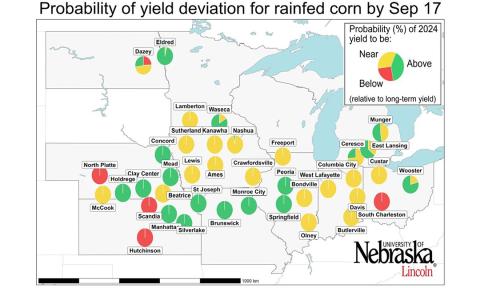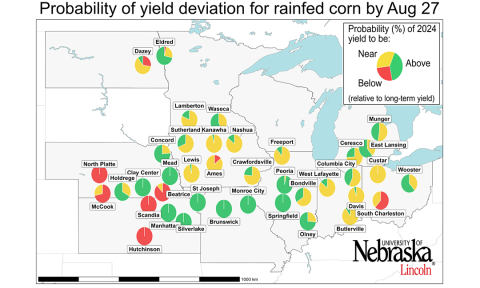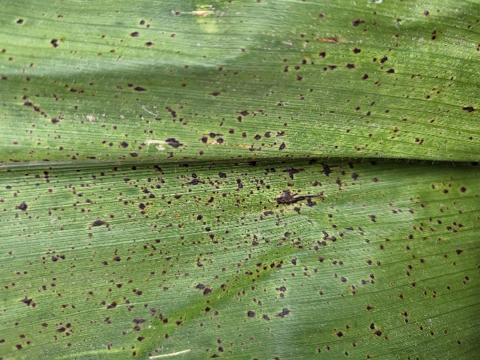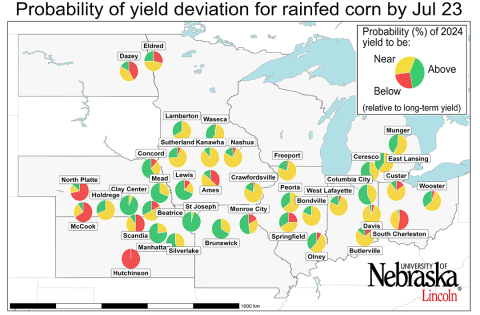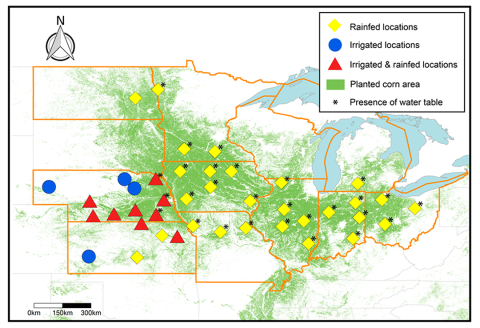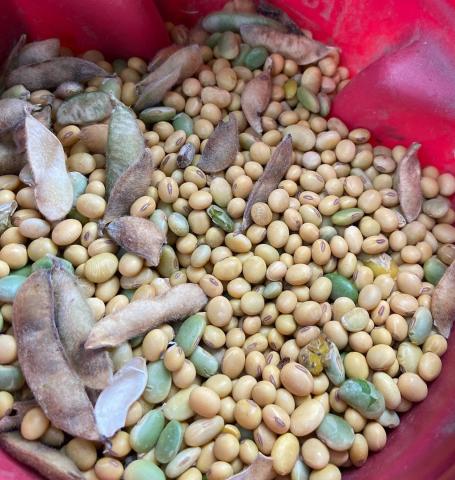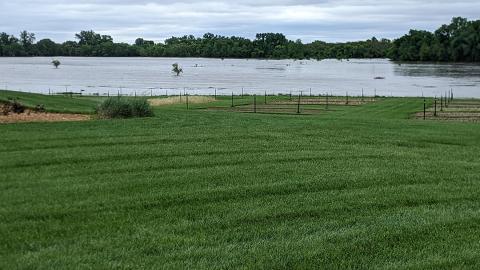2024 Corn Yield Forecasts: End-of-Season Forecasts Suggest Near to Above-Average Yields for the Region
September 19, 2024
Overall, the 2024 corn yield forecast is 6% above the historical trend, with 46% of rainfed sites near average and 36% above average. Irrigated corn is also expected to be near average for most sites.
2024 Corn Yield Forecasts as of Aug. 27
August 28, 2024
There continues to be a high probability of near-average yields in irrigated corn sites and near or above-average yields in all but a few rainfed corn sites.
Corn Disease Update: Fungicide Expectations for Disease Control
August 15, 2024
Persistent wet weather in the early growing season set the scene for corn diseases to flourish. This article provides guidance on using foliar fungicides to mitigate loss, regarding application timing, disease history, crop stage and weather impacts.
2024 Corn Yield Forecasts as of Aug. 5
August 7, 2024
Currently, chances are low for irrigated corn sites to see above-average yields this growing season; however, most rainfed corn sites are expected to have near or above average yields.
2024 Corn Yield Forecasts as of July 23
July 24, 2024
Most irrigated corn sites in the Corn Belt are on track for near-average yields this year. However, above-average yields are anticipated in rainfed corn sites in southern and eastern Nebraska, and eastern Kansas and Missouri.
2024 Corn Yield Forecasts: Approach and Interpretation of Results
July 10, 2024
The Yield Forecasting Center (YFC) will provide real-time information on corn phenology and forecasts of corn yield potential to aid growers and ag industry stakeholders in making management, logistics and marketing decisions through the 2024 season.
Follow-up from July 2023 Hailstorms to Soybean
June 20, 2024
This article reviews the yield results of five replanted Nebraska soybean fields following hail damage in 2023, which may assist soybean growers currently considering relative maturities in their replant decisions.
Q/A: What Impact Does Flooding and Saturated Soils Have on Wheat and Alfalfa?
May 24, 2024
Extension insights on crop recovery, disease and harvest considerations for flooded wheat and alfalfa fields.


